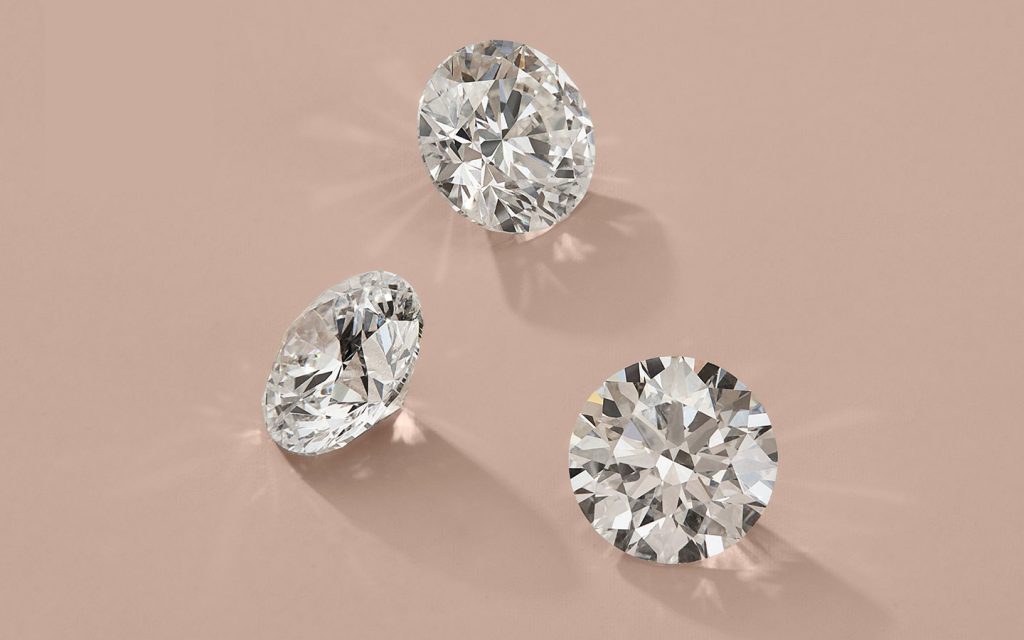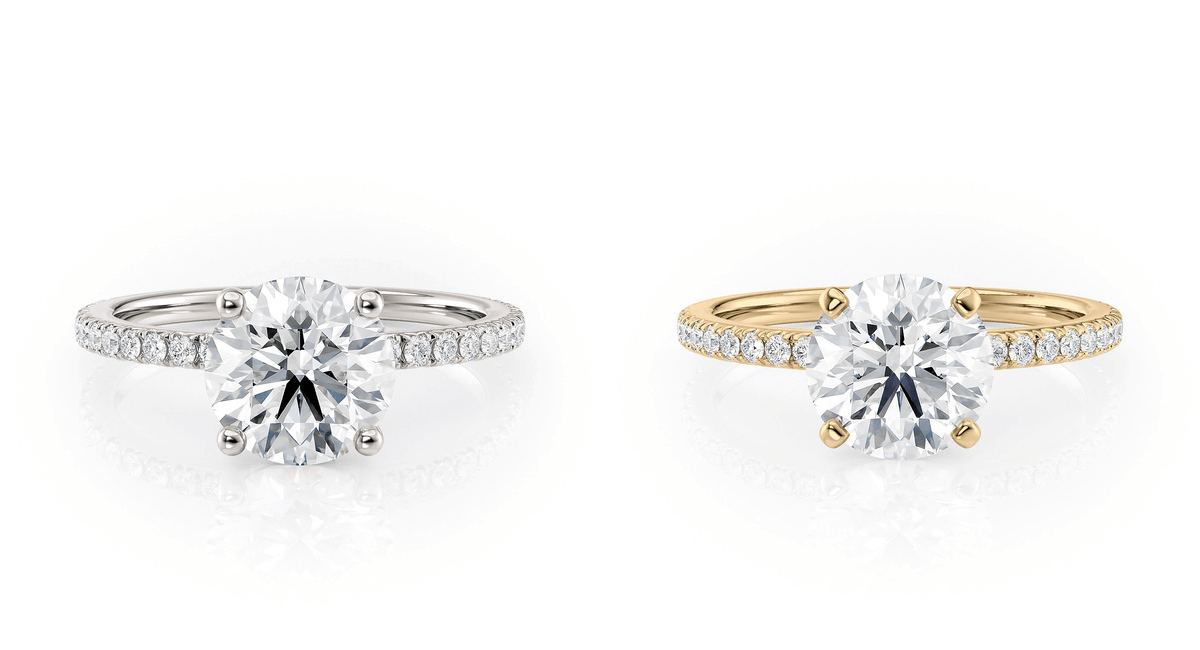CVD vs HPHT: Understanding Lab-Created Diamonds
Lab-created diamonds have revolutionized the jewelry industry, offering a sustainable and ethical alternative to mined diamonds. Among the two primary methods of diamond creation, CVD vs HPHT remains a significant topic of discussion. Understanding these processes is crucial for making an informed choice when purchasing lab-created diamonds.
What Are Lab-Created Diamonds?
Lab-created diamonds are real diamonds grown in controlled laboratory conditions rather than being extracted from the earth. The two main methods used for creating these diamonds are Chemical Vapor Deposition (CVD) and High-Pressure High-Temperature (HPHT). Both processes produce high-quality diamonds, but the debate of CVD vs HPHT continues as buyers seek to understand their differences.
The CVD Process of Creating Lab-Created Diamonds
Chemical Vapor Deposition, or CVD, is a method that replicates natural diamond formation in a highly controlled environment. This process involves placing a diamond seed in a chamber filled with carbon-rich gas. When heated, the gas breaks down, allowing carbon atoms to accumulate layer by layer, forming a diamond. Among the advantages of CVD vs HPHT, CVD diamonds typically have fewer metallic inclusions and offer greater purity, making them a preferred choice in lab-created diamonds.
The HPHT Process of Creating Lab-Created Diamonds
High-Pressure High-Temperature (HPHT) diamonds are created by simulating the natural conditions under which diamonds form deep within the earth. This process involves exposing carbon to extreme heat and pressure, forcing it to crystallize into a diamond structure. When comparing CVD vs HPHT, HPHT diamonds often display a yellowish or brownish tint due to the presence of nitrogen, but modern advancements have improved their color and clarity in lab-created diamonds.
CVD vs HPHT: Differences in Growth and Purity
When considering lab-created diamonds, understanding the differences between CVD vs HPHT is essential. CVD diamonds grow in a more controlled environment, which results in fewer inclusions and better color consistency. On the other hand, HPHT diamonds can have trace amounts of metallic inclusions from the catalysts used in the process. These differences make CVD diamonds a popular choice for those looking for high-quality lab-created diamonds with minimal imperfections.
CVD vs HPHT: Differences in Color and Clarity
Color and clarity play a vital role in the value of lab-created diamonds. In the debate of CVD vs HPHT, CVD diamonds are often preferred due to their superior clarity and color consistency. HPHT diamonds, however, may require post-growth treatments to enhance their appearance. As a result, buyers who prioritize colorless and flawless diamonds often lean toward CVD lab-created diamonds.
CVD vs HPHT: Cost and Availability
The cost of lab-created diamonds can vary depending on the growth method. When comparing CVD vs HPHT, CVD diamonds are generally more cost-effective due to their efficient production process. HPHT diamonds, while historically more expensive, have become more competitive in pricing due to technological advancements. Understanding these cost differences helps buyers make an informed decision when choosing lab-created diamonds.
CVD vs HPHT: Durability and Structural Integrity
Durability is a crucial factor when investing in lab-created diamonds. In the comparison of CVD vs HPHT, both types of diamonds exhibit exceptional hardness and durability. However, CVD diamonds have an advantage in terms of structural integrity, as they do not contain the metallic inclusions sometimes found in HPHT diamonds. This difference makes CVD lab-created diamonds a preferred option for those seeking long-lasting brilliance.
Which Lab-Created Diamond is Right for You?
Choosing between CVD vs HPHT ultimately depends on personal preference and budget. If purity, color consistency, and minimal inclusions are the top priorities, CVD lab-created diamonds are an excellent choice. However, if cost-effectiveness and durability are key considerations, HPHT diamonds remain a viable option. By understanding the nuances of CVD vs HPHT, buyers can select the best lab created diamonds for their needs.
Final Thoughts on CVD vs HPHT Lab-Created Diamonds
The debate of CVD vs HPHT continues to shape the lab-created diamond industry. Both processes have their unique advantages, making them suitable for different consumer preferences. As technology advances, the quality of lab-created diamonds will only improve, providing even more options for those looking for ethical, beautiful, and high-quality diamonds. Regardless of the choice between CVD vs HPHT, lab-created diamonds remain a sustainable and affordable alternative to mined diamonds, revolutionizing the jewelry market.




